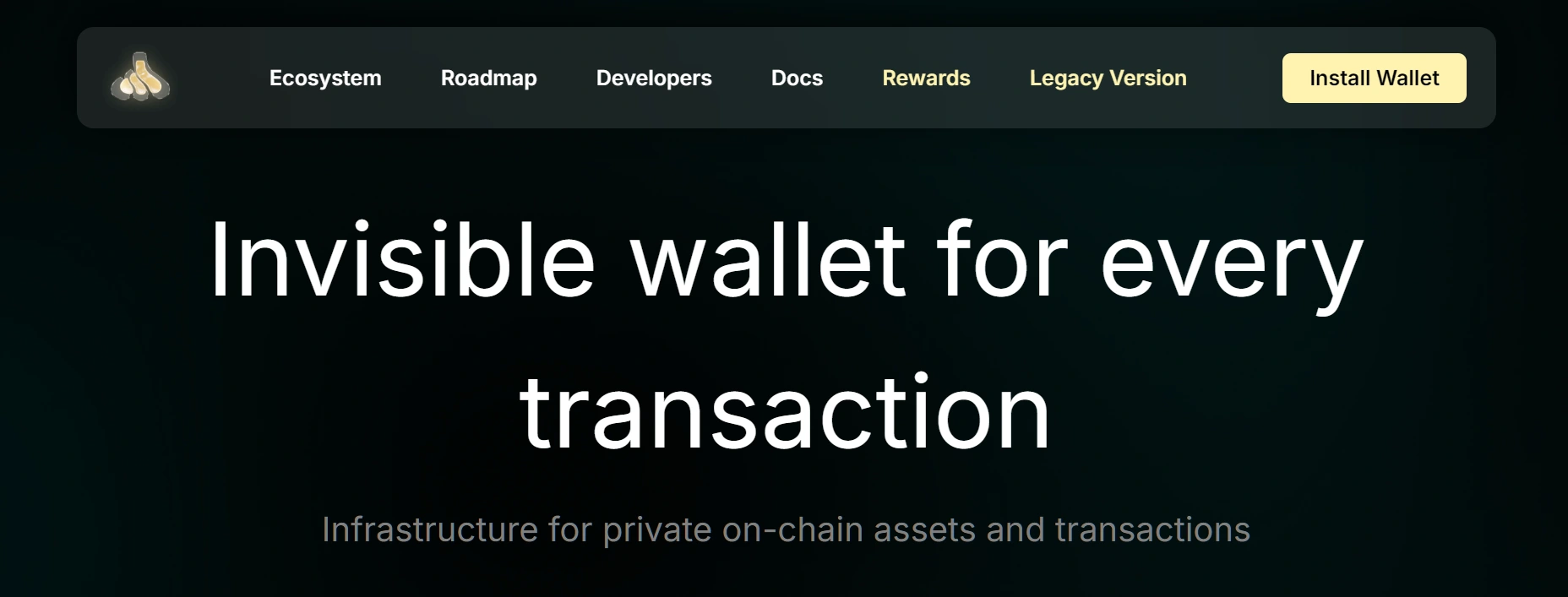Hinkal Protocol — is a private layer for DeFi operations built on zero-knowledge architecture. The project combines zkSNARK proofs, stealth addresses, and cross-chain design, enabling users to store assets, perform transfers, staking, and swaps without exposing addresses or transaction history. Hinkal positions itself as a self-custodial infrastructure for both retail and institutional users, merging privacy with compliance and strong compatibility across EVM networks.
- Privacy Market and Hinkal’s Positioning
- Architecture and Technology of Hinkal Protocol
- Functionality and Use Cases
- HINK Token and Project Economy
- Competitors and Development Prospects

Privacy Market and Hinkal’s Positioning
As the Web3 ecosystem faces growing regulatory pressure, privacy solutions like Hinkal Protocol are becoming essential. Public blockchains expose wallet addresses and transaction amounts, creating barriers for major players. Hinkal solves this by providing a private layer on top of EVM chains — not a simple “mixer,” but a privacy infrastructure for hidden DeFi activities such as swaps, staking, and transfers without data leaks. At the same time, it supports compliance through participant filtering and the concept of “clean pools,” making it suitable for institutional use. This approach bridges anonymity and regulation, enabling mainstream adoption of privacy tools within corporate and financial contexts.
Architecture and Technology of Hinkal Protocol
The Hinkal core is built on smart contracts, zkSNARK proofs, and a modular framework. When depositing assets, users receive a hidden address for transactions unlinked to the original wallet. The system uses Groth16 proofs to verify validity and a Merkle tree to confirm membership within the anonymity pool. Modular architecture allows “hooks” that connect to external DeFi protocols while preserving privacy. Stealth addresses and unified private liquidity pools across multiple networks reduce fragmentation and enhance cross-chain efficiency, turning Hinkal into a flexible privacy infrastructure for DeFi wallets and dApps.
Functionality and Use Cases
The Hinkal Protocol platform offers a wide range of user capabilities, including:
- Private transfers and token swaps without revealing addresses or amounts;
- Participation in DEX swaps with confidentiality preserved;
- Private staking and yield farming with anonymous rewards;
- Cross-chain transactions within a unified EVM liquidity pool;
- SDK integrations for wallets and DeFi platforms.
This set of tools transforms Hinkal into a full DeFi hub with privacy by default. Users can trade, farm, and move assets within a private environment, protecting strategies from tracking and front-running. The protocol thus extends beyond anonymity, offering practical, compliant privacy for institutional Web3 finance.
HINK Token and Project Economy
The project economy revolves around the $HINK token, used for governance, staking, and incentive mechanisms. Below is a table summarizing key parameters:
| Parameter | Description |
|---|---|
| Token Name | HINK |
| Purpose | Governance, staking, and participant incentives |
| Funds Raised | Approx. $5.5 million |
| Valuation | Around $70 million |
| Investors | Draper Associates, SNZ Holding, SALT Fund, and others |
The incentive model encourages liquidity depth and honest participation, strengthening private pool stability. The token ensures decentralized governance and ecosystem growth while funding audits, development, and integrations.
Competitors and Development Prospects
Hinkal Protocol competes with privacy solutions such as Aztec, Railgun, and Tornado Cash. Its focus on composability and institutional readiness sets it apart. Rather than limiting itself to private transfers, Hinkal aims to become a “privacy infrastructure for DeFi,” enabling secure interaction with DEXs, staking, and other financial services. Challenges include ensuring liquidity, user trust, and compliance alignment. However, growing demand for privacy-centric tools and partnerships with Axelar and other ecosystems strengthen Hinkal’s position. If growth continues, Hinkal could become a universal Web3 privacy layer balancing confidentiality with regulatory standards.





